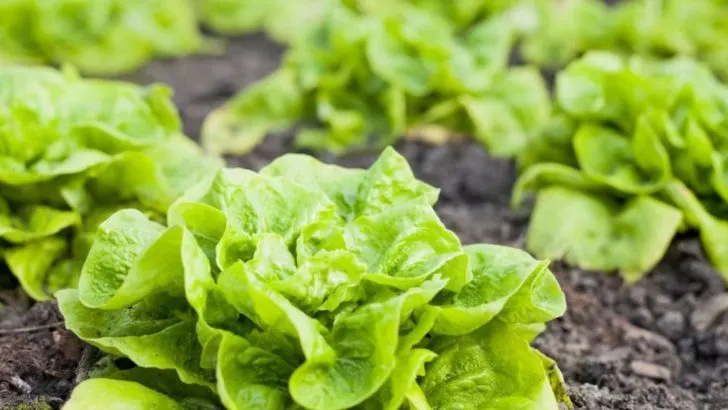If you want your cucumber plants to thrive, choosing the right neighbors can make all the difference. Companion planting is more than garden folklore—it’s a time-tested strategy for encouraging healthy growth, bigger harvests, and natural pest control.
In this guide, we’ll explore 9 plants that make ideal companions for cucumbers—from herbs that repel pests to flowers that attract pollinators. We’ll also warn you about 9 plants that should never share soil with your cukes, as they can cause stunted growth, increased disease risk, or simply compete too aggressively for resources.
Whether you’re planting in a raised bed or a container, this list will help you build the ultimate cucumber-friendly garden—full of support, synergy, and fresh, crunchy rewards.
Marigold
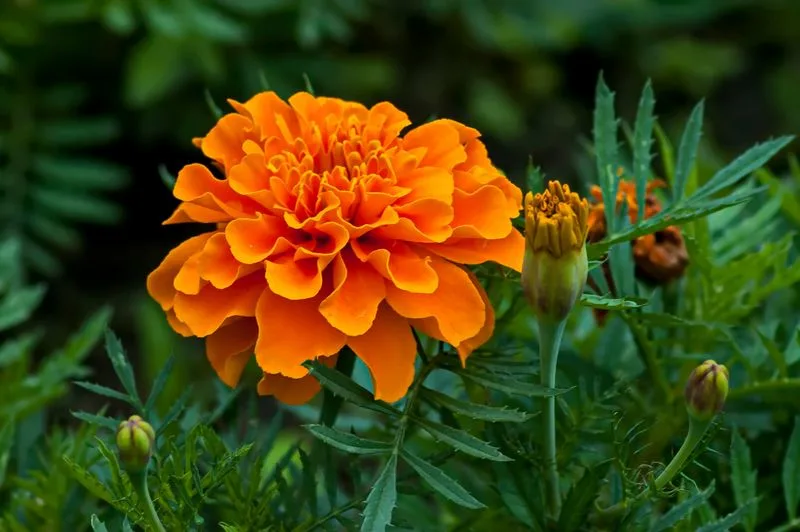
Marigolds are often hailed as a gardener’s best friend due to their ability to repel unwanted insects. Their cheerful blossoms not only bring a splash of color but also deter nematodes that can harm cucumber roots. Plant these vibrant flowers near your cucumber patch, and they will act as a natural pest control. Marigolds’ scent confuses harmful pests, keeping your cucumber plants safe and thriving. Try planting them in early spring to ensure a pest-free growing season. Their resilience and beauty make them an indispensable companion in your vegetable garden.
Radish

Radishes are more than just a zesty addition to salads—they serve as fantastic companions for cucumbers. Their quick growth and ability to attract cucumber beetles away from the tender vines make them invaluable. By planting radishes nearby, you can protect your cucumbers from potential insect damage effectively. These hardy root vegetables mature fast, allowing them to serve as a protective barrier throughout the growing season. Their spicy flavor might be polarizing, but in the garden, they’re a true ally for your cucumber plants.
Nasturtium
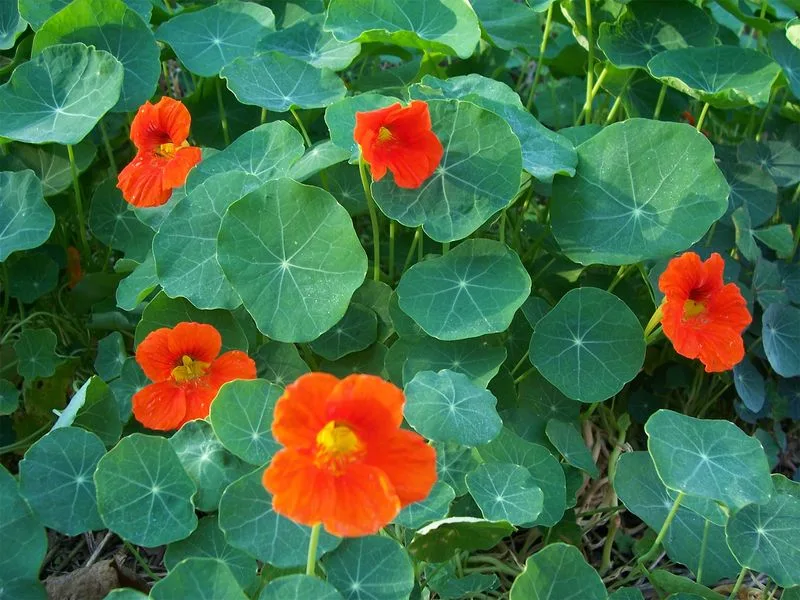
Nasturtiums are not just aesthetically pleasing but also highly beneficial when planted near cucumbers. Their bright flowers lure aphids away, acting as a natural aphid magnet. This plant’s trailing habit makes it ideal for covering soil, helping to retain moisture and reduce weeds around cucumbers. Known for their edible blossoms, nasturtiums add a peppery zest to salads and dishes. Their dual role as a deterrent for pests and a culinary delight makes them a top pick for cucumber companionship.
Sunflowers
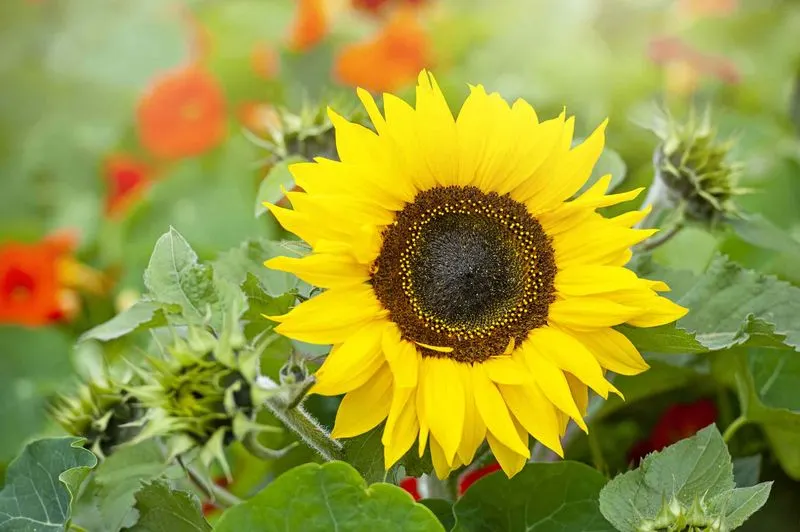
Sunflowers, with their towering stature, offer more than just beauty. They can provide partial shade to cucumbers during the hottest parts of the day, protecting them from excessive heat. Their height and strong stems also function as a natural trellis for cucumbers to climb, saving space in your garden. However, ensure they don’t block too much sunlight, as cucumbers still require plenty of light to thrive. This unique partnership benefits both plants, creating a harmonious garden environment.
Corn

Corn and cucumbers share a symbiotic relationship that benefits both. The tall stalks of corn provide a natural climbing structure for cucumbers, allowing the vines to stretch towards the sun. This vertical growth helps save garden space and improves air circulation around the plants. Corn roots also help stabilize soil, reducing erosion around cucumber plants. When planted together, they create a mini-ecosystem that enhances productivity and minimizes competition for resources. A classic pairing in many traditional gardens.
Beans
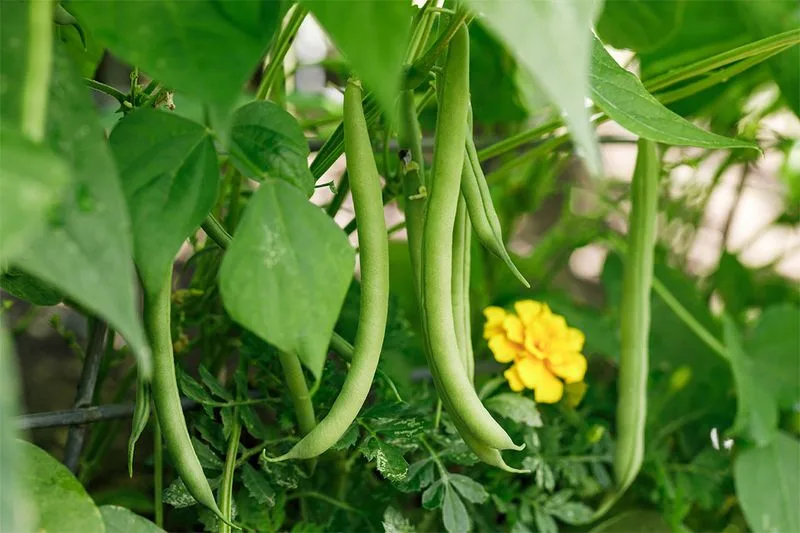
Beans, whether pole or bush varieties, are excellent companions for cucumbers. They fix nitrogen in the soil, enhancing its fertility and promoting healthy cucumber growth. The intertwined vines of beans and cucumbers create a lush, green tapestry that maximizes garden space. This pairing not only boosts soil nutrients but also improves the overall health of the plants, leading to a bountiful harvest. A harmonious blend of two classic garden staples, beans and cucumbers thrive in each other’s company.
Dill
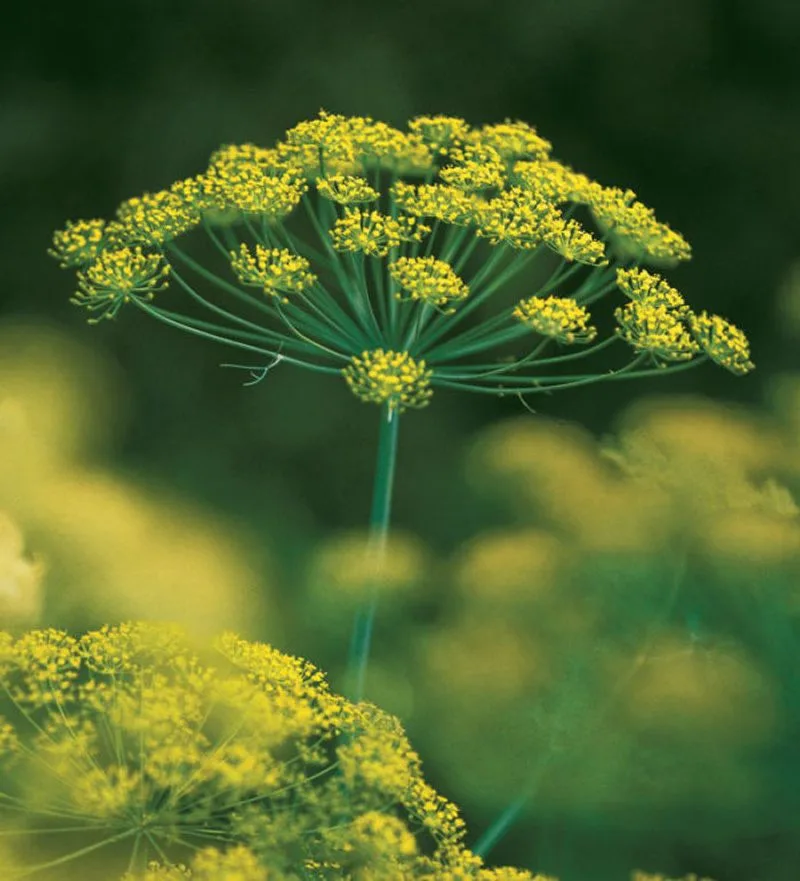
Dill’s aromatic leaves attract beneficial insects such as predatory wasps, which prey on cucumber beetles, keeping them in check. This fragrant herb can enhance the flavor of cucumbers when planted nearby, making them a favored choice among gardeners. Dill is best planted slightly away from cucumbers to avoid overshadowing them, allowing both to thrive in their shared environment. Their complementary growth habits and flavor enhancement create a delightful garden experience. A must-have for any herb-loving gardener.
Oregano

Oregano is more than just a staple in Mediterranean dishes; it serves as a protective ally for cucumbers. Its strong scent masks the cucumber’s smell, confusing pests and reducing infestations. This aromatic herb also attracts beneficial insects that prey on common cucumber pests. When planted together, oregano’s hardy nature complements the delicate cucumber, creating a balanced garden dynamic. Ideal for gardeners seeking both culinary and protective benefits, this pairing is as functional as it is flavorful.
Lettuce
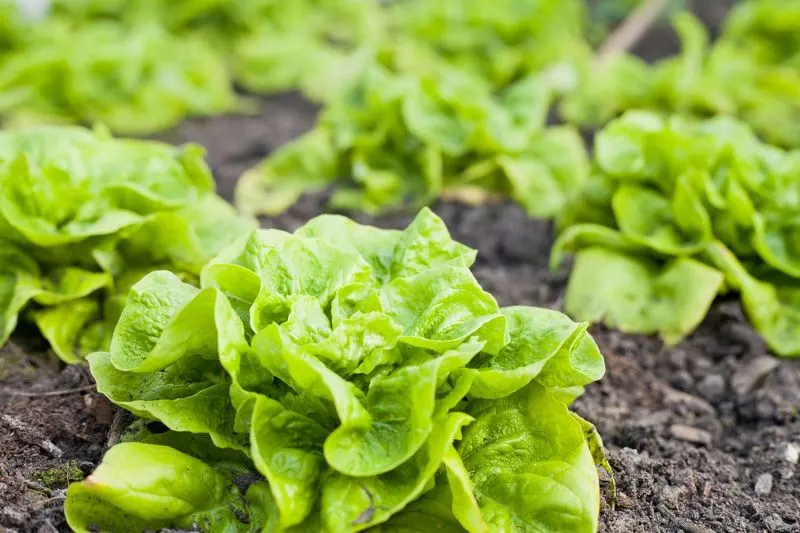
Lettuce, with its low-growing habit, provides excellent ground cover, keeping the soil around cucumbers cool and moist. This leafy green acts as a living mulch, reducing weed growth and protecting cucumber roots from direct sunlight. Planting lettuce alongside cucumbers maximizes space efficiency and ensures a continuous harvest throughout the growing season. Its crisp texture and refreshing taste make it a delightful addition to any garden, perfectly complementing the cucumber’s growth requirements.
Potatoes
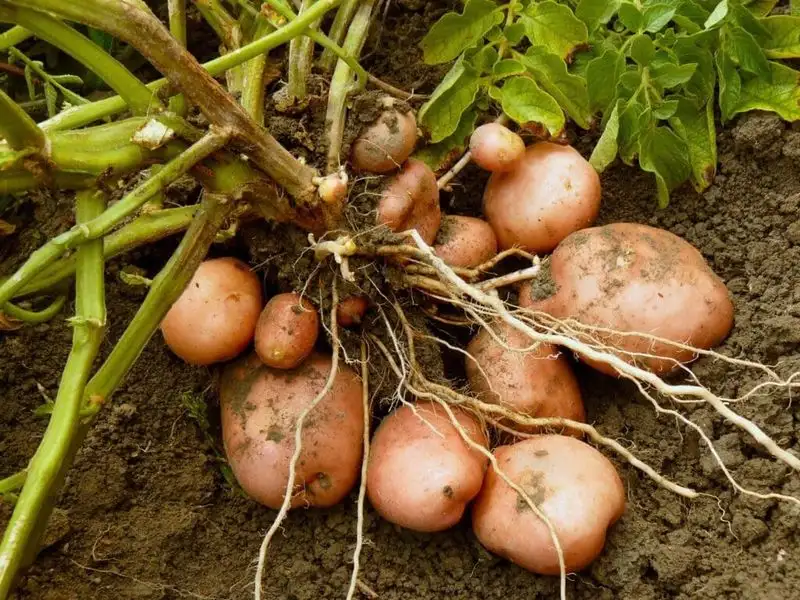
Potatoes, though a garden staple, can compete fiercely with cucumbers for nutrients and space. Their aggressive root systems can choke out the more delicate cucumber roots, stunting growth and reducing yields. It’s wise to plant these separately to prevent this underground rivalry. Potatoes thrive in their own dedicated space, allowing cucumbers to flourish without interference. A classic example of plants that, despite their individual benefits, prefer to maintain their distance for optimal growth.
Sage
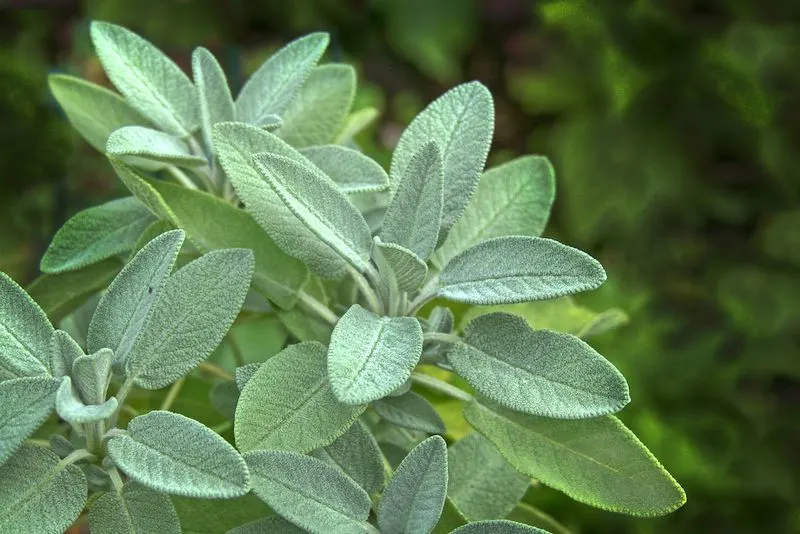
Sage, with its robust aroma and culinary appeal, doesn’t play well with cucumbers. Its strong presence can hinder cucumber growth by competing for essential resources. The intense scents can also interfere with the delicate balance of companion planting, repelling beneficial insects that cucumbers rely on. Sage thrives best in dry, well-drained soil, unlike the moisture-loving cucumber. For a harmonious garden, it’s best to plant sage away from cucumbers, allowing each to grow in its ideal conditions without conflict.
Fennel
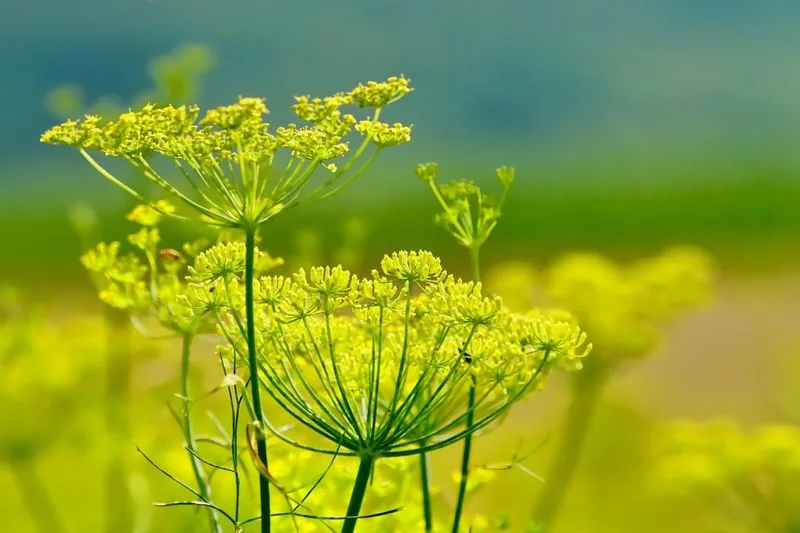
Fennel, though visually striking, is notorious for its allelopathic properties, releasing substances that can inhibit cucumber growth. Its dense foliage can overshadow and outcompete cucumbers for sunlight and nutrients. The chemical compounds in fennel can disrupt the development of surrounding plants, including cucumbers, making them less productive. It’s advisable to position fennel far from any cucumber plants to prevent these adverse effects and ensure a thriving garden. This separation allows both plants to reach their full potential.
Mint

Mint, known for its invasive growth habit, can quickly overrun a garden bed, including cucumber patches. Its aggressive spreading can choke out cucumber roots, leading to reduced growth and yield. While mint might repel some pests, its competitive nature makes it a poor companion for cucumbers. To prevent mint from dominating, it’s recommended to plant it in a contained area or separate pot, away from cucumbers. This containment allows cucumbers to grow unimpeded, preserving their growth potential.
Broccoli
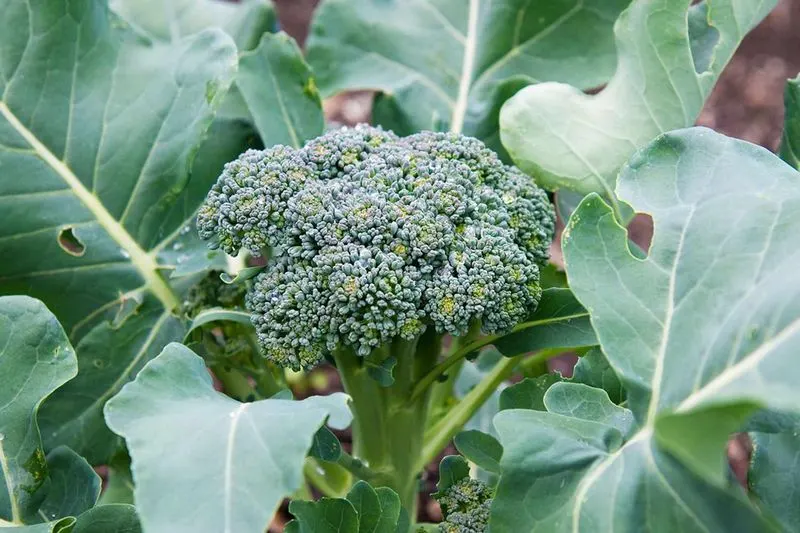
Broccoli, a brassica, can create competition for nutrients and space when grown near cucumbers. Both plants require substantial nutrients, and their proximity can lead to depleted soil resources, hindering growth. Broccoli’s large leaves can also cast shade over cucumber vines, limiting their access to sunlight. For optimal growth, it’s best to keep these two garden staples apart, ensuring each has access to the nutrients and light they require. This separation allows for thriving, productive garden beds.
Garlic
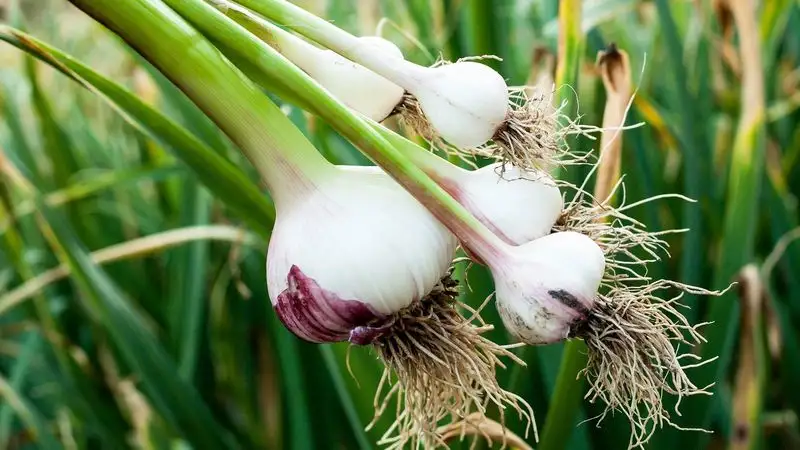
Garlic, while beneficial in many garden scenarios, can stunt cucumber growth when planted too close. Its potent aroma and natural compounds can interfere with cucumber development, leading to less vigorous plants. Garlic is best utilized as a border plant, away from cucumbers, providing pest deterrence without compromising cucumber health. This separation allows cucumbers to grow robustly while still benefiting from garlic’s protective properties. A strategic placement ensures that both plants contribute positively to the garden ecosystem.
Cabbage
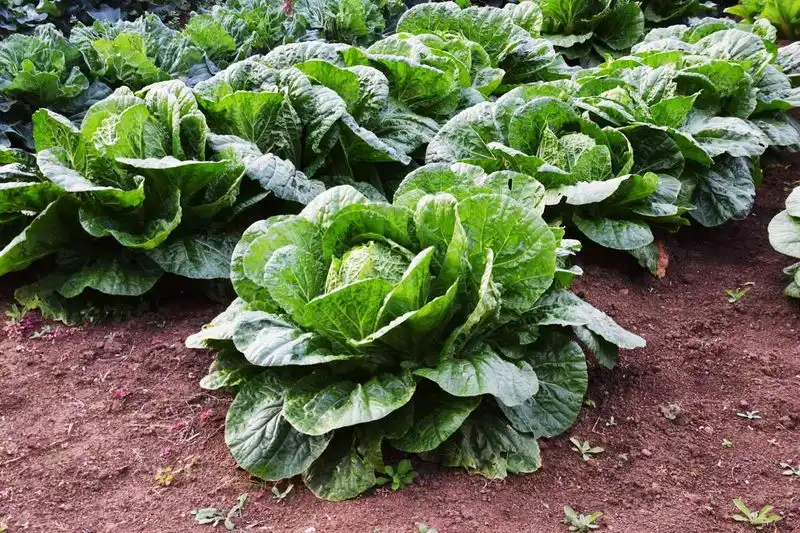
Cabbage and cucumbers often clash over resources, as both demand rich, fertile soil and ample space. The expansive leaves of cabbage can overshadow cucumbers, limiting their access to necessary sunlight. Additionally, they share similar pests, which can lead to increased infestations if grown too close. It’s wise to plant cabbage and cucumbers in separate areas of the garden to mitigate competition and pest issues. This strategic separation allows each plant to thrive without hindrance, ensuring a healthy harvest.
Basil
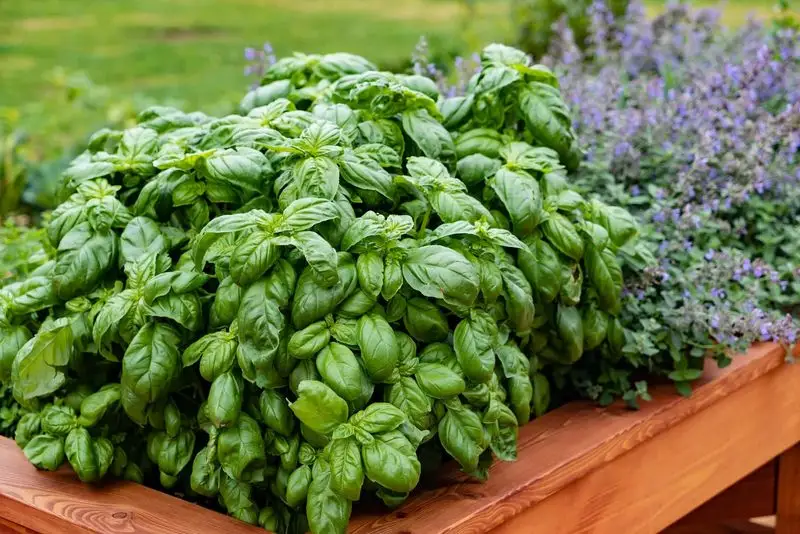
Basil, with its distinctive aroma and culinary appeal, can overshadow cucumber growth by attracting pests that damage vines. Though a favorite in many kitchens, its presence near cucumbers can divert beneficial insects. Basil’s preference for sunny, well-drained conditions contrasts with cucumber’s moisture-loving needs, leading to growth disparities. For a harmonious garden, plant basil separately, allowing each to thrive in its preferred environment. This strategic distancing fosters robust growth and ensures both herbs and vegetables contribute positively to your garden’s bounty.
Peppers
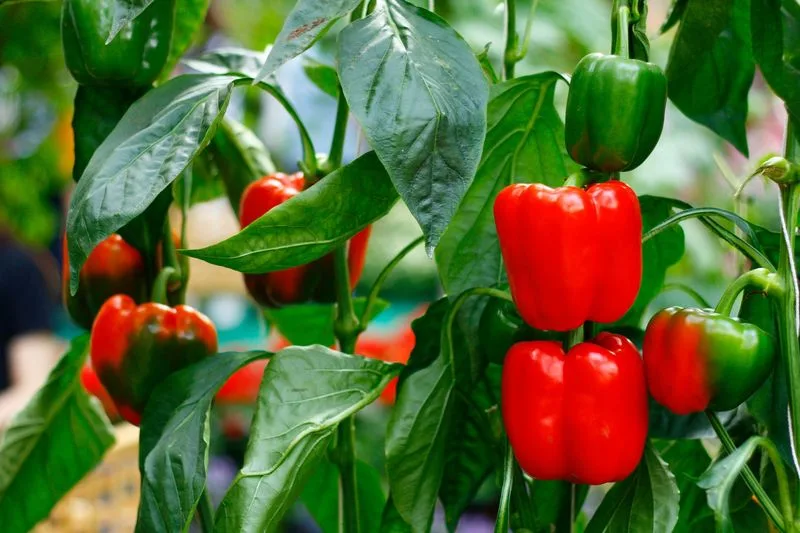
Peppers, like cucumbers, demand plenty of sun and nutrients, leading to potential competition when grown together. Both plants can suffer from nutrient deficiencies if planted too closely, impacting growth and yield. The dense foliage of peppers can also cast shade over cucumbers, restricting sunlight. To avoid these issues, it’s best to plant peppers and cucumbers in separate sections of the garden. This separation ensures each plant receives adequate resources, promoting vigorous growth and a bountiful harvest for both vegetables.

